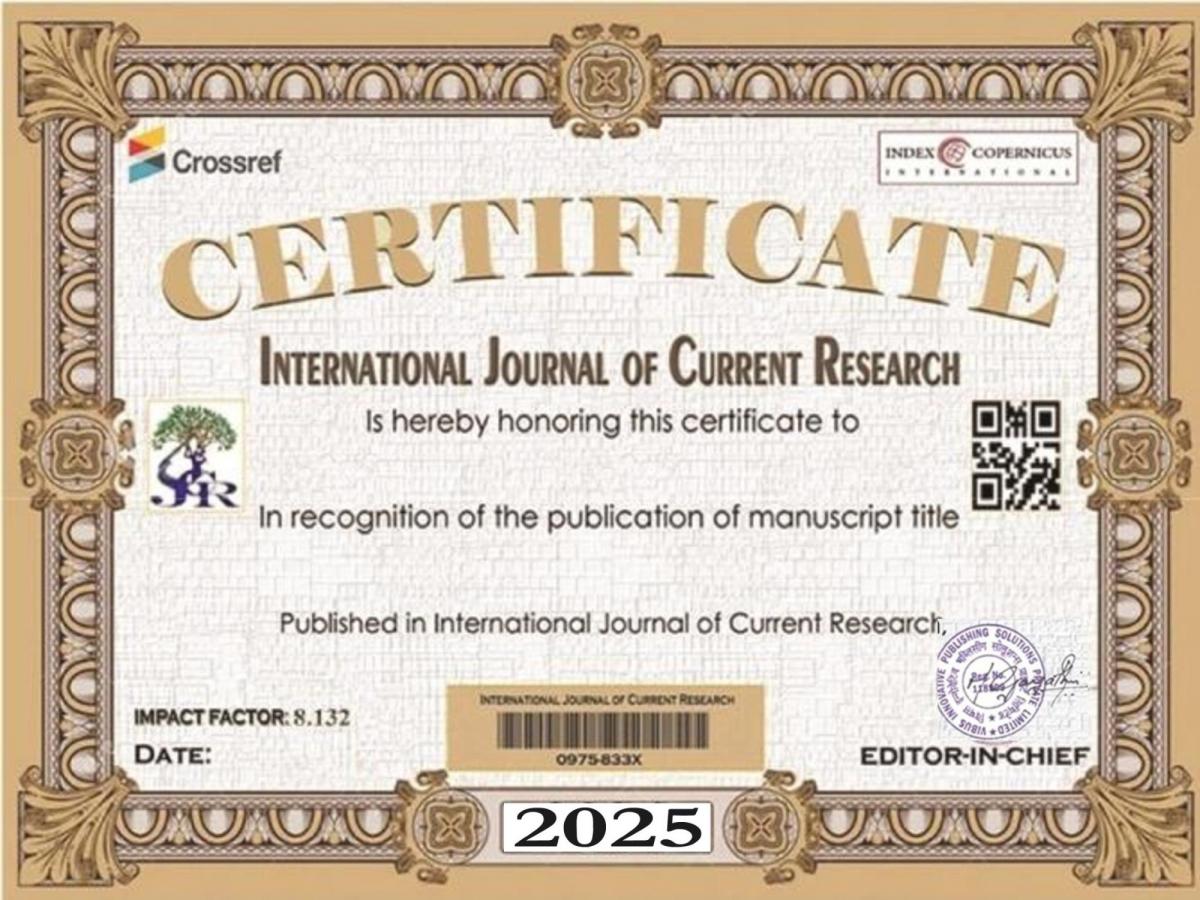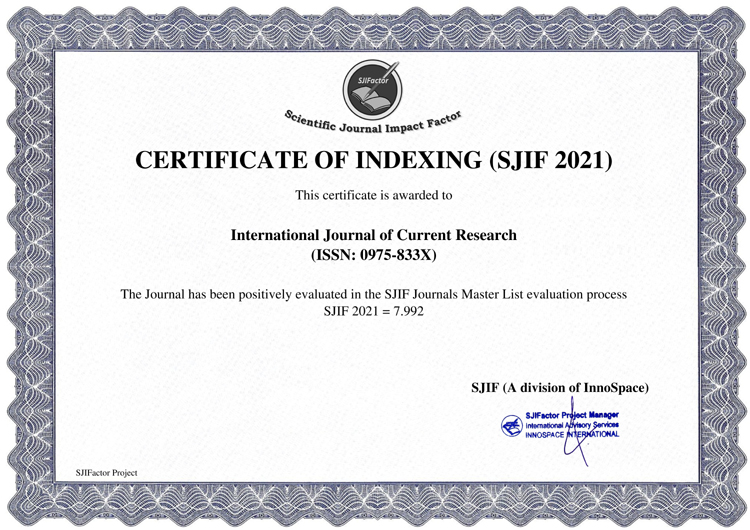This paper was aimed at evaluating the morphological differences in six soybean genotypes and also correlates some morphological features with yield-indicating parameters, which will enhance selection and improvement programmes of the crop especially, using molecular tools. Seeds from six genotypes of soybeans: TGX923-2E, TGX1844-18E, TGX1448-2E, TGX1740-1E, TGX1448-1E and TGX1440-E were obtained from the International Institute of Tropical Agriculture (IITA), Ibadan, Nigeria. Three seeds were sown per hole per genotype at a depth of 3cm and 30cm between genotype and were randomized 6 times per block using randomized complete block design (RCBD). Each genotype was later thinned down to two stands. Cultural practices were observed when appropriate. Data on the number of leaves per plant, plant height, root length per plant, number of nodules per plant and dry matter yield (g) per plant were obtained at intervals of 2, 3, 4, and 5 weeks after planting. The results showed significant differences (P < 0.05) in all the morphological parameters studied, which expectedly increased with weeks of data collection. Our results are explicit indication that TGX1740-1E, TGX923-2E and TGX1448-1E soybean genotypes could be selected based on the number of leaves and number of nodules produced per plant for further improvement. This is with the understanding that increase nodulation will lead to increase yield. Our results also revealed that increasing nodulation in TGX1740-1E will result to increase foliage production, which will invariably affect photosynthetic activity and productivity. Though the correlation analysis of these morphological traits, in other selected genotypes was not consistent with TGX1740-1E, our results threw light to other relationships that might directly and indirectly influence yield.





